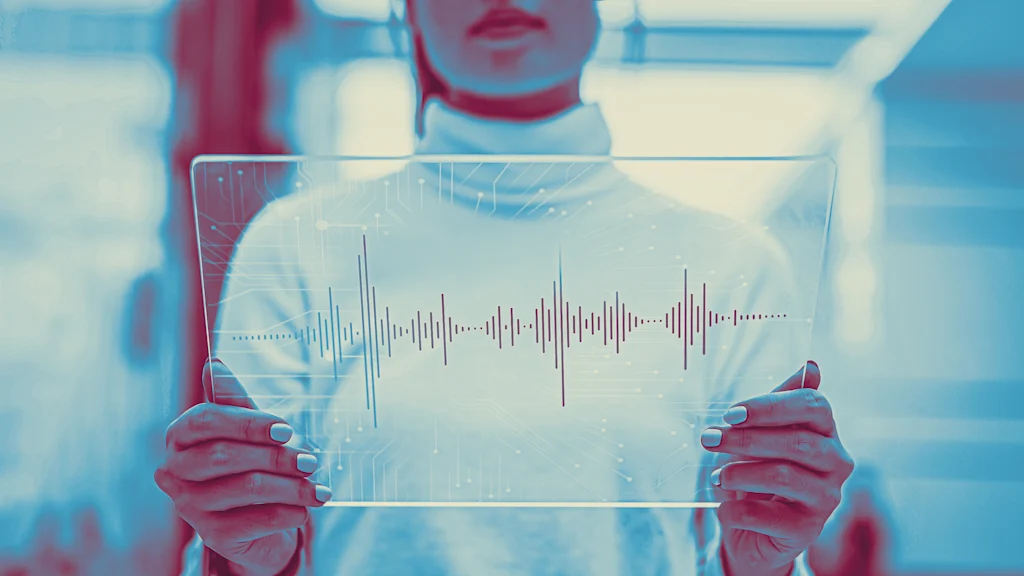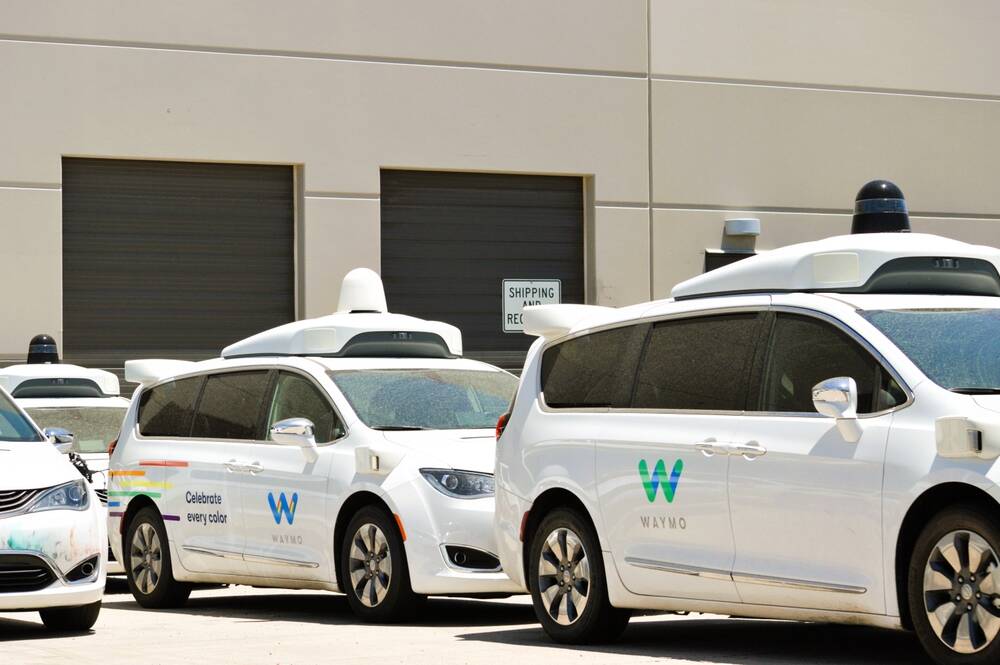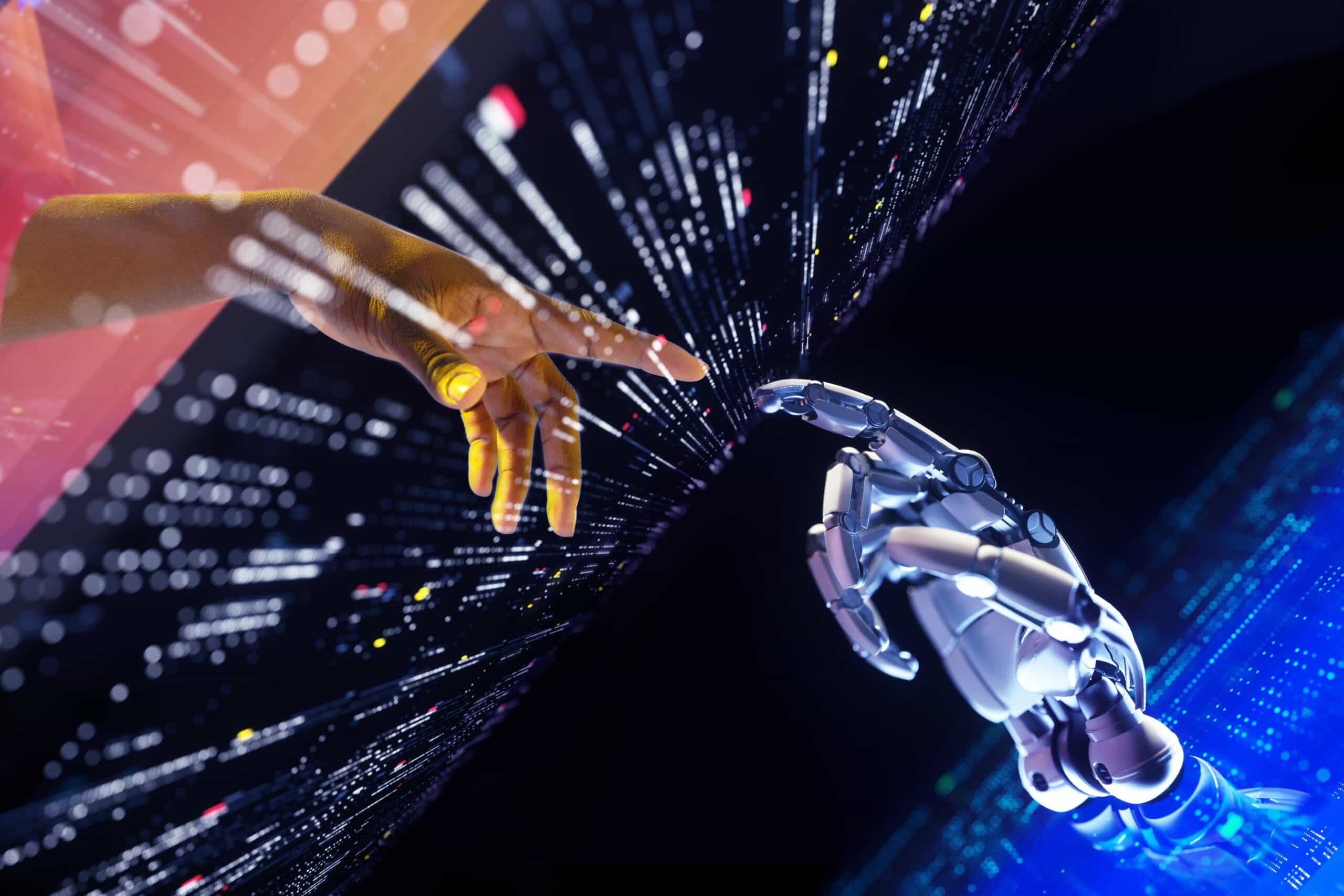Artificial intelligence
Artificial intelligence
[ follow ]
#ai-infrastructure #ai-adoption #generative-ai #waymo #enterprise-ai #agentic-ai #ai-agents #autonomous-vehicles
fromFortune
1 hour agoOutsiders see a circular economy. CoreWeave's CEO sees a 'violent change' that's rattling the supply chain down to the inside of the earth | Fortune
Addressing one of the most persistent critiques of the current artificial intelligence boom, CoreWeave CEO Michael Intrator pushed back against the narrative of a "circular AI economy" in an appearance at the Fortune Brainstorm AI conference in San Francisco. While skeptics often point to the tangled web of investments between chipmakers, cloud providers, and AI startups as a financial bubble, he argued that deep industry collaboration is the only viable response to a historic supply chain crisis.
Artificial intelligence
fromForbes
2 hours agoWinning On Search, Losing On Answer Engines: An AI Visibility Crisis
AI assistants like ChatGPT, Claude and Perplexity-powered by large language models (LLMs)-are emerging as parallel gatekeepers. They're quietly reshaping which brands get recommended long before a buyer ever reaches a search results page. In my previous article, I discussed how Google's AI Overviews are intercepting traffic (even for top-ranking sites). But there's another shift that many businesses haven't recognized: Search engines are no longer the only place where your customers' questions get answered.
Artificial intelligence
Artificial intelligence
fromThe Bootstrapped Founder
1 hour agoNavigating the Dead Internet Theory: AI's Impact on Authenticity
AI-generated content and responses increasingly populate online platforms, creating bot-to-bot conversations that undermine genuine human interaction and are amplified by entrepreneurs using AI tools.
fromFortune
44 minutes agoConfused by baby goats, having car nightmares, struggling to move from LA to Miami Beach - Robots are just like us, exec says | Fortune
They suffer from anxiety about aggressive drivers, get bewildered by exotic pets, and even experience a form of culture shock when moving from the West Coast to the East Coast. According to a recent presentation by an autonomous delivery executive, the artificial intelligence powering today's sidewalk robots is navigating a set of struggles that feels startlingly human. While the public often imagines autonomous robots as cold, calculating machines, the reality of deploying them in public spaces reveals a technology deeply concerned with social acceptance and survival. MJ Burk Chun, the co-founder and vice president of product design for Serve Robotics, addressed the Fortune Brainstorm AI conference with the argument that robots are just like us.
Artificial intelligence
fromynetglobal
18 hours agoAI startup Enso produces full ad campaign in six hours for $150
Enso, which operates a Vibe Automation platform for building and managing agents, has produced an advertising campaign that showcases the capabilities of advanced AI tools through its method of creation. The campaign, titled " produced in just six hours at a cost of $150, spent entirely on AI tools, without hiring actors or professional crews. Enso said a similar campaign about a year ago would have taken about a month and cost $10,000 to $20,000, requiring a full production team, actors, a professional voice actor, locations, coordinated shoot days and post-production editing.
Artificial intelligence
fromTheregister
4 hours ago'PromptQuest' is the worst game of 2025. You play it with AI
Adventure games like Zork and its many imitators invited players to explore a virtual world, often a Tolkien-esque cave, that existed only as words. "You enter a dark room. A Goblin pulls a rusty knife from its belt and prepares to attack!" was a typical moment in such games. Players, usually armed with imagined medieval weapons, might respond "Hit Goblin" in the expectation that phrase would see them draw a sword to smite the monster.
Artificial intelligence
Artificial intelligence
fromSitePoint Forums | Web Development & Design Community
3 years agoAbout the Building a Customer Service Chatbot with GPT-3:... category
Implementing a GPT-3 chatbot grounded in business knowledge and integrated with existing systems improves response time and support availability.
Artificial intelligence
fromFortune
1 day agoThe real AI revolution is going from the information era to the 'intelligence era,' Paypal senior VP says. That means your focus should be tokens | Fortune
AI is replacing the information era with an intelligence era where AI generates data, enabling AI factories for workplace automation and productivity.
fromFast Company
1 day ago5 of the hottest jobs in 2025
In 2025, AI became officially unavoidable: It had been lurking in the background before, as early adapters experimented with it. But this year, companies invested more than $202 billion in AI, a 75% increase from $114 billion invested in 2024. Major tech companies fought bitterly over AI talent, offering astronomical pay packages. There was a groundswell of demand for talent, and unsurprisingly this spread to the demand for AI,
Artificial intelligence
fromFortune
23 hours agoGen Z founder on 'AI anxiety' and being pigeonholed as generation shortcut: that's the 'biggest misconception' | Fortune
For Kiara Nirghin, the 24-year-old co-founder and chief technology officer of the applied AI lab Chima, the narrative that her generation uses artificial intelligence as a cheat code is not just wrong-it ignores a fundamental shift in human cognition. The Stanford computer science alum and Peter Thiel fellow argued that while older generations view AI as a tool to be adopted, Gen Z views it as a native language.
Artificial intelligence
fromFuturism
1 day agoIs an AI-Powered Toy Terrorizing Your Child?
In November, a team of researchers at the US PIRG Education Fund published a report after testing three different toys powered by AI models: Miko 3, Curio's Grok, and FoloToy's Kumma. All of them gave responses that should worry a parent, such as discussing the glory of dying in battle, broaching sensitive topics like religion, and explaining where to find matches and plastic bags.
Artificial intelligence
Artificial intelligence
fromFortune
1 day agoCursor CEO warns vibe coding builds 'shaky foundations' and eventually 'things start to crumble' | Fortune
Embedding AI into IDEs enables contextual code completion and full-function generation, but blind 'vibe coding' can create fragile, unreliable software foundations.
fromTech Times
1 day agoHow Recommendation Algorithms Shape What You Watch and Share: Streaming and Social Media Explained
For instance, when a user watches a romantic comedy on Netflix, the system identifies similar titles liked by others with comparable viewing habits. On Spotify, listening to a few indie tracks might prompt the algorithm to suggest playlists featuring similar artists. These systems continuously learn from user activity, refining their precision over time.
Artificial intelligence
fromBig Think
1 day agoThe inside story of DeepMind
The first is The Thinking Game (free on YouTube) - a five-year portrait of Demis Hassabis, co-founder of DeepMind. On one level, it's a fascinating account of how a small group of researchers pushed the limits of artificial intelligence and produced genuine breakthroughs. Beneath the surface, the film is really about long-term thinking. AI can feel like it appeared out of nowhere sometime around 2022. This documentary shows how misleading that impression is.
Artificial intelligence
fromArs Technica
2 days agoHow AI coding agents work-and what to remember if you use them
AI coding agents from OpenAI, Anthropic, and Google can now work on software projects for hours at a time, writing complete apps, running tests, and fixing bugs with human supervision. But these tools are not magic and can complicate rather than simplify a software project. Understanding how they work under the hood can help developers know when (and if) to use them, while avoiding common pitfalls.
Artificial intelligence
fromBusiness Insider
2 days agoAI CEOs say automation with AI is harder than it looks
Jain said he had tried to automate internal workflows at Glean, including an effort to use AI to automatically identify employees' top priorities for the week and document them for leadership. "It has all the context inside the company to make it happen," said Jain, adding that he thought AI would "magically" do the work. The idea seemed simple, but it hasn't worked.
Artificial intelligence
Artificial intelligence
fromFortune
2 days agoInvestment giant Vanguard's CIO is placing tech bets today to create the AI advisor of tomorrow | Fortune
Vanguard is deploying AI to scale personalized financial guidance across millions of clients, improve operational efficiency, and manage hallucination risks with guardrails.
fromZDNET
2 days agoThe great software pricing shakeout of 2026: What every IT leader needs to know
In the year ahead, your relationship with your software vendors may change radically, perhaps even a greater shift than the switch from disks to Software as a Service. You may start paying only for the actual results the software delivers, versus simply paying a monthly charge that you pay even if the application sits on a shelf.Also: 6 essential rules for unleashing AI on your software development process - and the No. 1 risk
Artificial intelligence
Artificial intelligence
fromFortune
2 days agoHow AI is redefining finance leadership: 'There has never been a more exciting time to be a CFO' | Fortune
Enterprise-scale AI in 2026 will shift finance from pilots to measurable value creation, demanding governance, data integrity, process redesign, and human oversight.
fromTheregister
1 day agoSalesforce adds ChatGPT to rein in DIY data leaks
Keenan wrote that Salesforce users have been building their own MCP servers using OpenAI's Apps SDK and exposing Salesforce data to various frontier LLMs in the bargain. That puts the company's data outside the governance and usage metering of Salesforce. "The thing that I worry about, and what I wanted to get ahead of, was homegrown MCP servers from customers just spitting out data to OpenAI around the trust boundary," Billmaier told Keenan. "And with this, we're actually kind of being full of our destiny as we think about other players emerging in this space."
Artificial intelligence
fromAdExchanger
2 days agoTwo Types Of AI In Advertising | AdExchanger
In this episode, our managing editor Allison Schiff interviews Paul Longo, Microsoft's GM of AI in ads. They discuss the ways AI will transform advertising, from the use of AI technology to create advertising, which Microsoft is doing, to how advertising will become part of agentic AI experiences. (As a writer myself, I also enjoyed hearing him talk about experimenting with AI in some of his work as a screenwriter.)
Artificial intelligence
fromMedium
1 day agoIntroducing the AI X Leadership Summit at ODSC AI East 2026-Your Executive Edge in AI
The AI X Leadership Summit is an exclusive forum embedded within ODSC AI East 2026 that brings together leaders from across industries to explore how AI and data science are reshaping business strategy, operations, and future growth. Through high-impact keynotes, panel discussions, and leadership-focused sessions, this summit focuses on the non-technical, strategic side of AI adoption - from defining enterprise AI strategy to building governance, scaling AI initiatives, and navigating risk.
Artificial intelligence
Artificial intelligence
fromTechCrunch
2 days agoItaly tells Meta to suspend its policy that bans rival AI chatbots from WhatsApp | TechCrunch
Italy ordered Meta to suspend a WhatsApp policy banning third-party general-purpose AI chatbots due to potential abuse of market dominance and harm to competition.
fromBusiness Insider
2 days agoAI model training needs are changing, with subject experts pushing aside generalist data labelers
As AI systems grow more capable, the bar for human training has risen sharply, and generalist data labelers are being pushed aside. That's according to HireArt's 2025 AI Trainer Compensation Report, which collected information from more than 150 sources, including a survey of active workers, public job postings, and internal data. The study shows that today's AI models demand nuanced reasoning, domain expertise, and multilingual fluency, transforming "data labeling" into specialized cognitive work.
Artificial intelligence
Artificial intelligence
fromAdExchanger
2 days agoThe Pivot To Ecommerce Hits A Wall; Salesforce Walks Back Its Agentic AI Pitch | AdExchanger
Niche publishers shifted toward content-to-commerce models while Salesforce reframed Agentforce toward rule-based automation to reduce generative AI randomness.
Artificial intelligence
fromBusiness Insider
2 days agoBlackstone's CTO explains how he uses his 35-minute subway ride to stay sharp and upskill
John Stecher prioritizes continuous upskilling, using daily subway reading of cross-industry tech research and weekend experimentation to keep Blackstone competitive.
fromBusiness Matters
3 days agoWhy iGaming Is Becoming One of the UK's Most Competitive Tech Niches
The country is renowned for its highly developed, strongly regulated, and thriving gambling environment, which has been fueled by dynamic tech niches that have blended digital entertainment, online casinos, and sports betting into a high-growth industry. Regulation and consumer demand have also played a role in this growth, with more non GamStop casinos emerging to target UK players and meet this demand.
Artificial intelligence
fromSearch Engine Roundtable
2 days agoBing: Similar Pages Blur Signals & Weaken SEO & AI Visibility
AI search builds on the same signals that support traditional SEO, but adds additional layers, especially in satisfying intent. Many LLMs rely on data grounded in the Bing index or other search indexes, and they evaluate not only how content is indexed but how clearly each page satisfies the intent behind a query. When several pages repeat the same information, those intent signals become harder for AI systems to interpret, reducing the likelihood that the correct version will be selected or summarized.
Artificial intelligence
fromTESLARATI
2 days agoElon Musk's Grok records lowest hallucination rate in AI reliability study
The research evaluated chatbots on hallucination rate, customer ratings, response consistency, and downtime rate. The chatbots were then assigned a reliability risk score from 0 to 99, with higher scores indicating bigger problems. Grok achieved an 8% hallucination rate, 4.5 customer rating, 3.5 consistency, and 0.07% downtime, resulting in an overall risk score of just 6. DeepSeek followed closely with 14% hallucinations and zero downtime for a stellar risk score of 4. ChatGPT's high hallucination and downtime rates gave it the top risk score of 99, followed by Claude and Meta AI, which earned reliability risk scores of 75 and 70, respectively.
Artificial intelligence
fromZDNET
3 days ago3 ways anyone can start using AI at work today - safely
Rather than being a one-size-fits-all solution, AI will likely deliver distinct benefits to particular industries and jobs. It'll therefore be the responsibility of every individual to figure out how the technology fits within the unique contours and requirements of their particular role. The watchwords of the hour when it comes to the use of AI at work are experimentation and adaptation, not copy and paste.
Artificial intelligence
fromBusiness Matters
4 days agoMachineTranslation.com Redefines Accuracy in AI Translation with 22-Engine Rollout
"The problem isn't a lack of AI options; it is finding the one that truly understands your specific context," says Ofer Tirosh, CEO of Tomedes, the language services provider behind MachineTranslation.com. "That is the power of MachineTranslation.com's SMART option. You don't have to rely on a single opinion. SMART compares all AIs and automatically selects the translation that the majority agree on per sentence. It is about achieving accuracy through aggregation and consensus."
Artificial intelligence
[ Load more ]








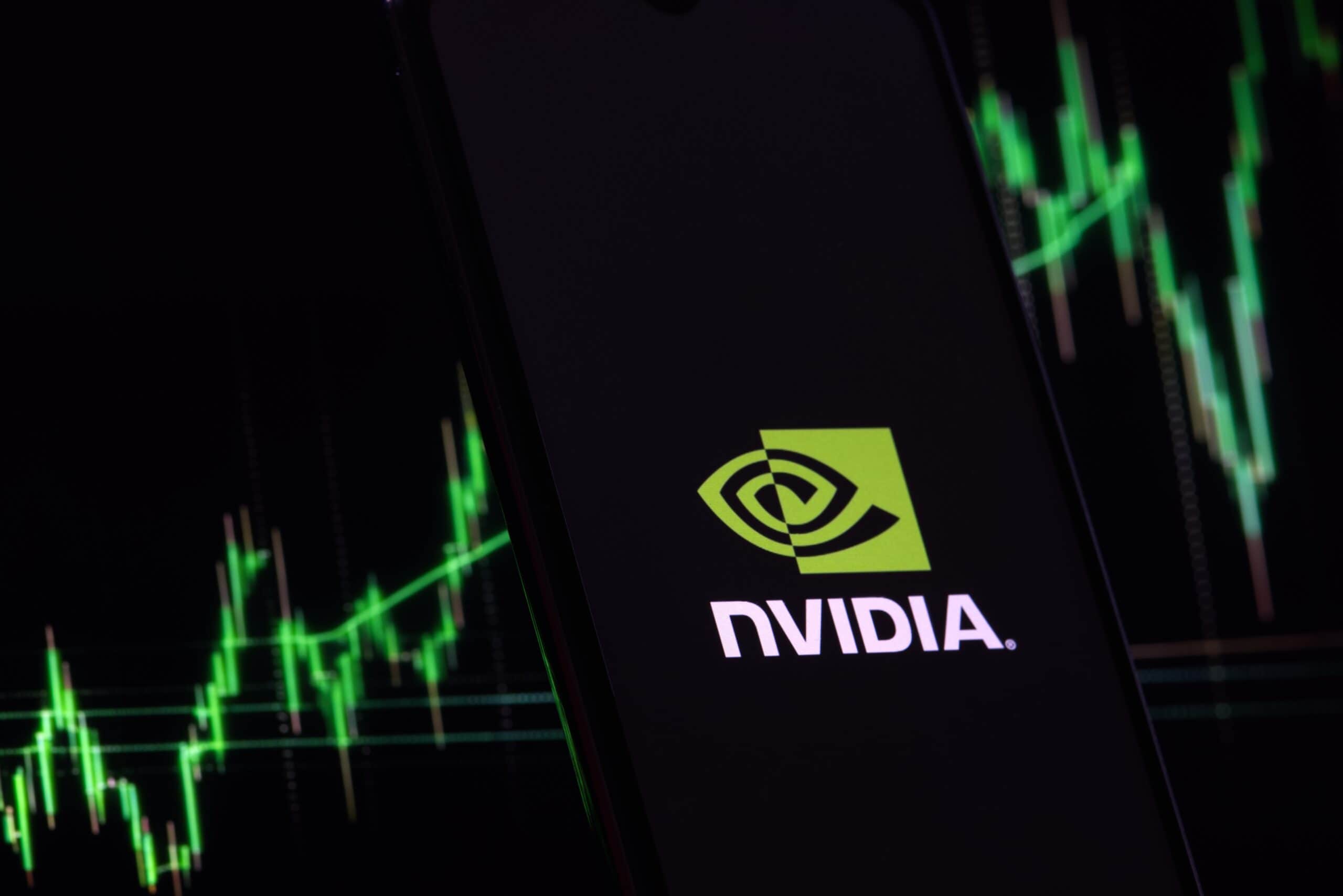
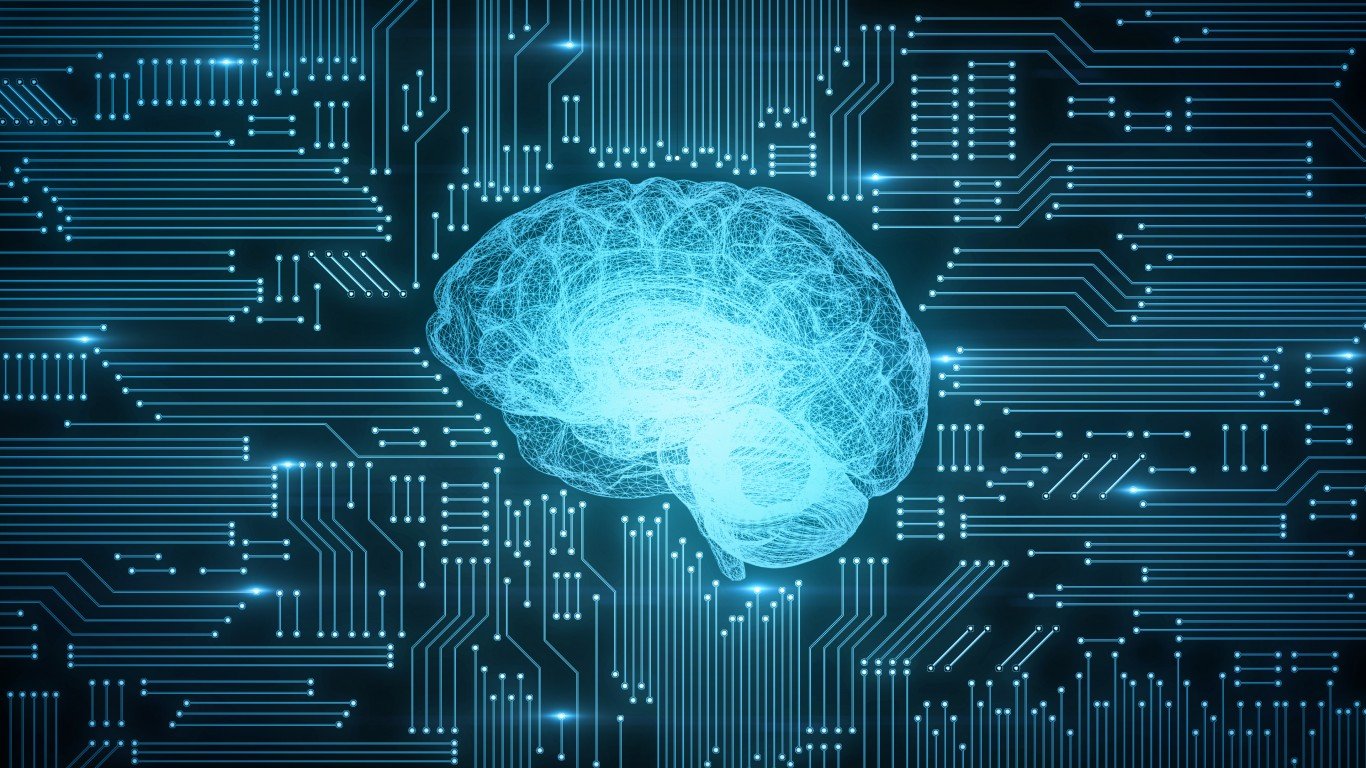








.jpg)

